Home>Furniture & Design>Living Room Furniture>What To Use As A Room Divider
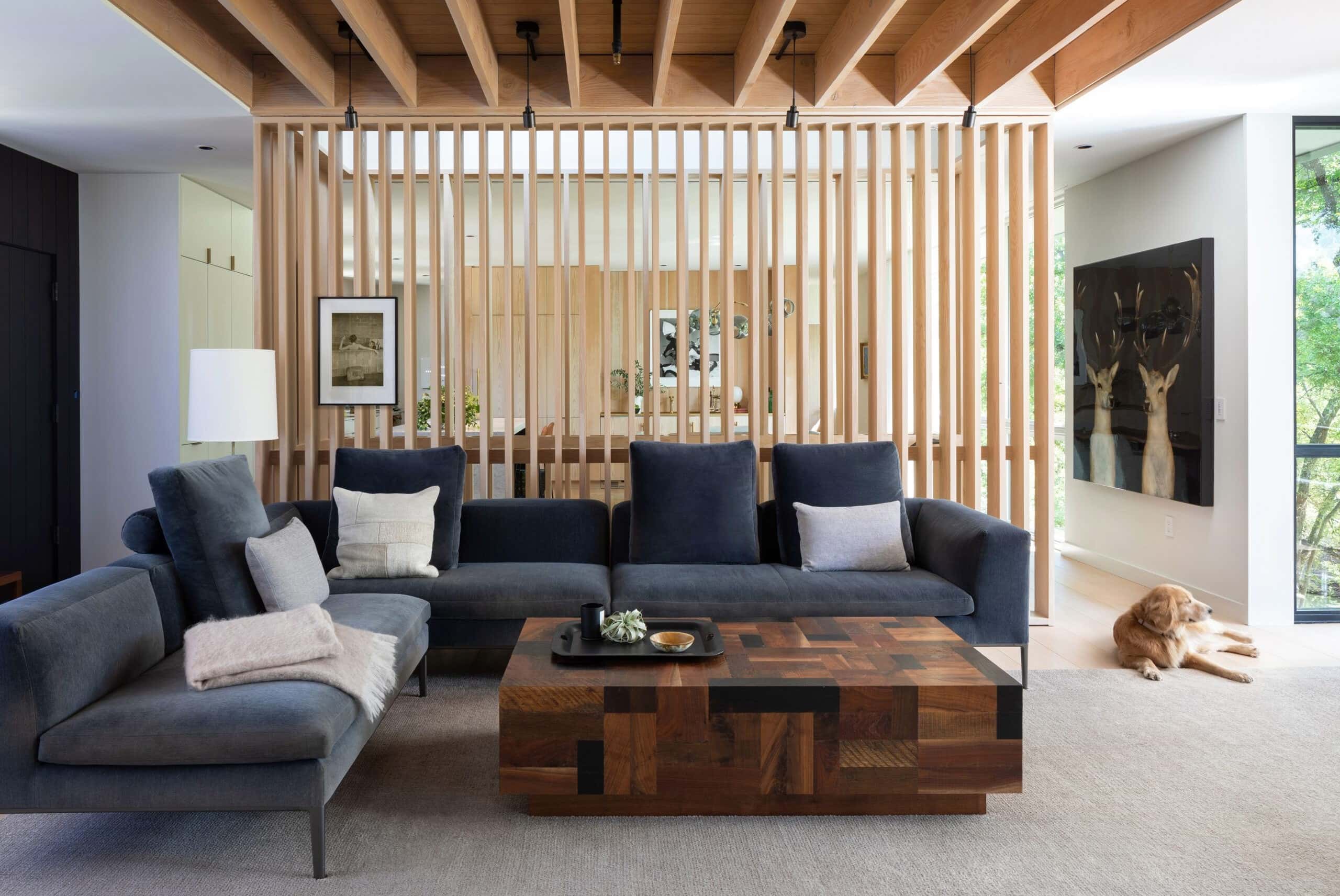

Living Room Furniture
What To Use As A Room Divider
Modified: March 21, 2024
Discover the best living room furniture and design ideas for creating stylish and functional room dividers. Find inspiration and tips for using room dividers effectively.
(Many of the links in this article redirect to a specific reviewed product. Your purchase of these products through affiliate links helps to generate commission for Storables.com, at no extra cost. Learn more)
Introduction
When it comes to interior design, creating distinct spaces within a room can significantly enhance both the functionality and aesthetic appeal of the space. Room dividers offer a versatile solution to achieve this, allowing you to define separate areas for different activities while adding a touch of style to your living space. Whether you’re looking to maximize the use of a large room or create privacy in a shared space, there are various options to consider when choosing the right room divider for your home.
In this article, we’ll explore a range of creative and practical room divider ideas that can transform your living space. From furniture and shelving units to curtains, plants, and sliding doors, we’ll delve into the diverse array of options available to help you make an informed decision that aligns with your design preferences and spatial needs. Whether you’re aiming to add a decorative element, optimize space, or establish privacy, there’s a room divider solution that can cater to your specific requirements. Let’s dive into the world of room dividers and uncover the possibilities that await!
Key Takeaways:
- Room dividers, such as furniture, shelving units, curtains, and plants, offer versatile and creative ways to define separate areas within a room while enhancing its functionality and visual appeal.
- Each room divider option, from sliding doors to beaded curtains, presents unique advantages and design possibilities, allowing you to tailor the division to align with the overall aesthetic and spatial dynamics of the room.
Read more: How To Make A Room Divider Using PVC Pipe
Furniture
Furniture pieces can serve as effective room dividers, especially in open-plan living areas. Large sofas, sectional sofas, and chaise lounges can be strategically positioned to delineate different zones within a room. For instance, placing a sofa with its back to a dining area can create a visual separation between the living and dining spaces. Additionally, modular furniture, such as ottomans or benches, can be arranged in a way that defines specific areas while maintaining an open and airy feel.
Another versatile option is the use of low cabinets or console tables, which not only provide storage and display opportunities but also act as subtle dividers between distinct areas. By choosing furniture pieces with open shelving or glass elements, you can maintain a sense of openness and prevent the space from feeling cramped or obstructed.
For a more unconventional approach, consider using a freestanding wardrobe or a large bookcase as a room divider. These substantial pieces can create a striking visual separation while offering practical storage solutions. By selecting furniture that complements the overall design scheme of the room, you can seamlessly integrate a room divider that serves both functional and aesthetic purposes.
Shelving Units
Shelving units are a popular and practical choice for dividing a room while adding storage and display space. Whether you opt for standalone bookshelves or modular shelving systems, these versatile pieces can effectively delineate different areas within a room. When selecting shelving units as room dividers, consider the height, depth, and material to ensure that they complement the existing decor and fulfill your specific spatial needs.
Open-back shelving units, such as ladder shelves or cube shelves, offer a transparent division that maintains a sense of openness and allows light to permeate the space. This design choice is particularly beneficial in smaller rooms, as it prevents the area from feeling enclosed or cramped. Additionally, the open structure of these units provides an opportunity to showcase decorative items, plants, and books, contributing to the overall ambiance of the room.
Alternatively, closed-back shelving units can create a more substantial separation between areas, offering increased privacy and a defined boundary. These units are ideal for creating a dedicated workspace within a larger room or for partitioning off a reading nook or home office. By selecting shelving units with integrated storage compartments, you can effectively conceal clutter while maintaining a visually appealing and organized environment.
For a customizable and adaptable room divider solution, modular shelving systems allow you to configure the units according to your specific requirements. With adjustable shelves and versatile components, these systems can accommodate varying heights and widths, making them suitable for irregular or asymmetrical spaces. Whether you prefer a minimalist and sleek design or a more ornate and eclectic style, shelving units offer a practical and aesthetically pleasing option for dividing a room while enhancing its functionality.
Curtains
Curtains provide a versatile and budget-friendly option for dividing a room while adding a touch of elegance and softness to the space. Whether you’re seeking to create a temporary partition or a permanent division, curtains offer a wide range of design possibilities to suit various interior styles and preferences.
One of the key advantages of using curtains as room dividers is the flexibility they offer. With a simple curtain rod or track system, you can easily install and adjust the curtains to accommodate your evolving spatial needs. This adaptability is especially beneficial in open-plan living areas, as it allows you to reconfigure the space according to different activities or to create privacy when desired.
When selecting curtains for room division, consider the fabric, color, and opacity to align with the overall aesthetic of the room. Sheer or lightweight curtains can create a subtle separation while maintaining a sense of openness and flow between areas. These options are particularly suitable for defining spaces without completely obstructing light or visibility, making them ideal for creating a gentle division in a shared living and dining area.
For a more pronounced division, consider using heavier or opaque curtains that provide increased privacy and sound insulation. This choice is particularly advantageous for partitioning off a home office, a cozy reading corner, or a dressing area within a larger room. By incorporating curtains with a bold pattern or a rich texture, you can introduce a decorative element that enhances the visual appeal of the divided spaces.
Furthermore, curtains can be utilized to conceal storage areas, alcoves, or clutter, contributing to a clean and organized environment. By incorporating curtains into your room design, you can achieve a seamless and harmonious division that complements the overall decor while offering practical benefits.
Plants
Introducing plants as room dividers not only adds a natural and refreshing element to your living space but also contributes to a sense of tranquility and well-being. Whether you opt for tall potted plants, cascading greenery, or a combination of various plant species, using plants as room dividers can create a visually appealing and organic separation within a room.
Tall and bushy plants, such as palms, fiddle leaf figs, or bamboo palms, can effectively delineate different areas while adding a touch of greenery and texture to the room. These plants not only provide a subtle division but also contribute to the visual interest and air purification of the space. By strategically placing these plants, you can define specific zones without compromising the flow and openness of the room.
For a more dynamic and flexible approach, consider using movable planters or plant stands to create adaptable room divisions. This allows you to reposition the plants according to your current spatial requirements or to accommodate changes in the room layout. Additionally, incorporating plants with varying heights and foliage densities can create an engaging and natural partition that adds depth and character to the space.
Cascading or trailing plants, such as pothos, spider plants, or ivy, offer a creative and whimsical alternative for dividing a room. By suspending these plants from the ceiling or placing them on elevated surfaces, you can establish a soft and ethereal separation that infuses the room with a sense of tranquility and charm. The gentle movement and lush foliage of these plants contribute to a serene and inviting ambiance, making them an excellent choice for creating a subtle division within a larger space.
Furthermore, incorporating plants as room dividers aligns with the growing trend of biophilic design, which emphasizes the connection between humans and nature within the built environment. By integrating plants into your room design, you can promote a harmonious and rejuvenating atmosphere while enhancing the visual appeal and functionality of the space.
Read more: How To Divide Living Room
Sliding Doors
Sliding doors offer a sleek and space-saving solution for dividing rooms while introducing a contemporary and functional element to the interior design. Whether you’re aiming to create a seamless transition between spaces or to establish a private enclosure within a larger room, sliding doors provide a versatile and stylish option that complements various architectural styles and design preferences.
One of the primary advantages of sliding doors as room dividers is their ability to maximize space and promote a sense of openness. Unlike traditional hinged doors, sliding doors glide along a track, eliminating the need for clearance space required by swinging doors. This feature is particularly beneficial in smaller rooms or areas with limited floor space, as it allows for efficient utilization of the available area without compromising on functionality or aesthetics.
Sliding doors are available in a diverse range of materials, including glass, wood, metal, and composite materials, offering a wide spectrum of design possibilities to suit different interior themes. Glass sliding doors, in particular, are favored for their ability to maintain visual connectivity between divided spaces while allowing natural light to permeate the room. This transparency creates a sense of continuity and spaciousness, making it an ideal choice for dividing a living area from a home office or a dining room.
For added privacy and sound insulation, opaque or frosted glass sliding doors can be incorporated to establish distinct zones within a room without sacrificing natural light. Additionally, wooden or metal sliding doors can introduce a warm and tactile element to the space while providing a solid partition that defines separate areas. The versatility of sliding doors allows you to customize the level of transparency, texture, and visual impact according to your specific design objectives.
Furthermore, sliding doors can be integrated with additional features, such as built-in storage compartments, adjustable louvers, or decorative panels, enhancing their functionality and aesthetic appeal. Whether you prefer a minimalist and understated design or a bold and artistic statement, sliding doors offer a sophisticated and practical solution for dividing rooms while elevating the overall ambiance of the living space.
Consider using bookshelves as a room divider. They can provide storage and display space while also creating a visual barrier between different areas of a room.
Glass Panels
Utilizing glass panels as room dividers presents a modern and elegant approach to delineating spaces within a room. The transparency and luminosity of glass panels offer a seamless division while maintaining a sense of openness and visual connectivity. Whether you’re aiming to create a contemporary aesthetic or to optimize natural light distribution, glass panels provide a versatile and sophisticated solution for defining separate areas within a living space.
One of the key advantages of glass panels as room dividers is their ability to introduce a sense of spaciousness and airiness to the interior. By allowing light to pass through and permeate the divided areas, glass panels contribute to a bright and inviting ambiance, making them an ideal choice for open-plan living and dining areas. This transparency also fosters a cohesive and unobstructed flow between spaces, creating a harmonious and interconnected environment.
When incorporating glass panels as room dividers, you have the flexibility to choose from various styles and configurations to suit your design preferences. Frameless glass panels offer a clean and minimalist aesthetic, providing a subtle division that seamlessly integrates with the surrounding decor. Alternatively, framed glass panels with slim metal or wooden borders can introduce a contemporary and architectural element to the room while offering structural support and visual definition.
For added privacy and acoustic control, frosted or textured glass panels can be utilized to create a soft and diffused separation between areas. These options maintain the luminous quality of glass while offering a degree of discretion and tranquility. Whether you opt for a full-height glass partition or a partial panel with integrated doors, glass dividers can be tailored to meet your specific spatial and functional requirements.
Furthermore, incorporating decorative elements, such as etched patterns, colored glass, or integrated lighting, can infuse the glass panels with artistic and personalized touches, elevating their visual impact and contributing to the overall ambiance of the room. By integrating glass panels into your room design, you can achieve a sophisticated and contemporary division that harmonizes with the existing decor while enhancing the spatial dynamics of the living space.
Beaded Curtains
Beaded curtains offer a unique and eclectic approach to dividing a room while infusing the space with a sense of bohemian charm and artistic flair. These decorative partitions, composed of strings of beads or decorative elements, provide a playful and whimsical way to delineate areas within a room. Whether you’re seeking to introduce a touch of retro nostalgia or to create a vibrant and dynamic division, beaded curtains offer a creative and customizable solution for enhancing the visual appeal of your living space.
One of the key advantages of beaded curtains as room dividers is their ability to add movement and texture to the interior. As the strands of beads sway gently with airflow or movement, they contribute to a sense of fluidity and liveliness within the room. This dynamic quality makes beaded curtains an engaging and interactive design feature that can enliven the atmosphere and create a captivating visual effect.
When selecting beaded curtains, you have the opportunity to choose from a wide array of materials, colors, and designs to align with your personal style and the overall decor of the room. Whether you opt for wooden beads, bamboo tubes, acrylic shapes, or intricate patterns, the diverse selection of beaded curtain options allows you to tailor the division to suit your design preferences and spatial requirements.
Additionally, beaded curtains can serve as a versatile decorative element that adds a pop of color, a sense of privacy, or a whimsical ambiance to the space. By incorporating beaded curtains with varying densities and lengths, you can create a subtle partition that maintains a degree of transparency and visual connectivity while establishing distinct zones within the room.
For a more dramatic and artistic impact, consider customizing beaded curtains with personalized designs, motifs, or thematic elements that resonate with the overall aesthetic of the room. Whether used as a decorative accent, a playful partition, or a functional divider, beaded curtains offer a spirited and unconventional approach to enhancing the visual and spatial dynamics of your living space.
Bookshelves
Bookshelves serve as versatile and functional room dividers, offering a practical solution for organizing space while adding a decorative and architectural element to the room. Whether you’re aiming to establish a defined reading nook, create a home office within a larger area, or simply add storage and display opportunities, bookshelves provide a customizable and visually appealing option for dividing a room.
One of the primary advantages of using bookshelves as room dividers is the dual functionality they offer. By selecting freestanding or modular bookshelves with open-back designs, you can create a transparent division that maintains a sense of openness and visual connectivity between areas. This option is particularly advantageous in smaller rooms, as it prevents the space from feeling enclosed or obstructed while providing storage and display surfaces.
When incorporating bookshelves as room dividers, consider the height, depth, and material of the shelves to align with the overall design scheme of the room. Tall and wide bookshelves can establish a substantial division, offering increased privacy and storage capacity, while low and narrow bookshelves can create a more subtle separation that allows light to permeate the space. Additionally, selecting bookshelves with adjustable shelves allows you to customize the configuration according to your specific spatial and storage needs.
For added visual interest and functionality, consider integrating decorative elements, such as plants, artwork, or decorative objects, into the bookshelves to create an engaging and personalized division within the room. By incorporating a mix of books, decorative items, and practical storage solutions, you can establish a dynamic and visually appealing partition that enhances the overall ambiance of the living space.
Furthermore, bookshelves with integrated lighting or built-in features, such as desks, cabinets, or media units, offer a comprehensive and multifunctional solution for dividing a room while catering to diverse activities and storage requirements. Whether you prefer a minimalist and streamlined design or a more ornate and eclectic style, bookshelves provide a practical and aesthetically pleasing option for delineating spaces within your home.
Read more: How To Divide Room With Curtains
Folding Screens
Folding screens, also known as room dividers or privacy screens, offer a versatile and decorative solution for dividing a room while adding a touch of elegance and functionality to the interior. These portable and flexible partitions provide an effortless way to create distinct zones within a living space, catering to various spatial and design requirements. Whether you’re seeking to introduce a decorative accent, establish privacy, or optimize the layout of a room, folding screens offer a customizable and visually appealing option.
One of the key advantages of folding screens as room dividers is their adaptability and ease of use. These versatile partitions can be easily repositioned and folded as needed, allowing you to modify the spatial configuration of the room according to different activities or to accommodate changing privacy needs. This flexibility makes folding screens an ideal choice for open-plan living areas, as they provide a temporary or permanent division without the need for structural alterations.
When selecting folding screens, consider the material, design, and size to align with the overall aesthetic and functional requirements of the room. Folding screens are available in a variety of materials, including wood, metal, fabric, rattan, and paper, offering diverse options to complement different interior styles. Whether you prefer a traditional, minimalist, or ornate design, folding screens can be tailored to harmonize with the existing decor while serving as a striking and practical division within the room.
Additionally, folding screens can incorporate decorative elements, such as intricate patterns, artwork, or fabric panels, to introduce a personalized and artistic touch to the interior. By selecting screens with translucent or semi-opaque panels, you can create a gentle division that maintains a sense of lightness and visual connectivity between areas while adding a decorative focal point to the room.
For added functionality, consider utilizing folding screens with integrated shelves, mirrors, or adjustable panels, providing storage, reflection, or customizable privacy options. These features enhance the practicality and visual appeal of the folding screens, offering a comprehensive solution for optimizing the spatial dynamics and aesthetic character of the living space.
Furthermore, folding screens can serve as a versatile and portable design element that can be repositioned to adapt to evolving spatial needs or to create a dynamic and visually engaging environment. Whether used as a decorative accent, a privacy solution, or a flexible room divider, folding screens offer a stylish and adaptable option for enhancing the functionality and ambiance of your home.
Conclusion
Room dividers play a pivotal role in interior design, offering a myriad of creative and practical solutions for optimizing space, enhancing privacy, and adding visual interest to a living environment. From furniture and shelving units to curtains, plants, sliding doors, glass panels, beaded curtains, bookshelves, and folding screens, the diverse array of room divider options provides a versatile and customizable approach to defining separate areas within a room.
When selecting a room divider, it’s essential to consider the specific spatial requirements, design preferences, and functional objectives of the living space. Whether you’re aiming to create a subtle visual division, establish a private enclave, or introduce a decorative accent, there are numerous factors to take into account, including material, height, transparency, and mobility.
Each room divider option offers distinct advantages and design possibilities, allowing you to tailor the division to align with the overall aesthetic and spatial dynamics of the room. Furniture pieces, such as sofas, bookshelves, and cabinets, provide a dual function of division and storage, while shelving units offer a customizable and adaptable solution for delineating zones within a room. Curtains and beaded curtains introduce a soft and whimsical division, while plants and sliding doors offer a contemporary and dynamic approach to defining separate areas.
For those seeking a modern and transparent division, glass panels present a sleek and luminous option, while folding screens offer a portable and decorative solution for creating adaptable zones within a living space.
By exploring the diverse room divider options and integrating them into your interior design, you can enhance the functionality, visual appeal, and spatial dynamics of your home. Whether used to optimize space, introduce decorative elements, or establish privacy, room dividers offer a versatile and creative means to transform your living space into a harmonious and visually captivating environment.
Ultimately, the selection of a room divider should reflect your individual style, spatial needs, and the desired ambiance of the room, allowing you to create a personalized and inviting living space that seamlessly accommodates your lifestyle and design preferences.
Frequently Asked Questions about What To Use As A Room Divider
Was this page helpful?
At Storables.com, we guarantee accurate and reliable information. Our content, validated by Expert Board Contributors, is crafted following stringent Editorial Policies. We're committed to providing you with well-researched, expert-backed insights for all your informational needs.
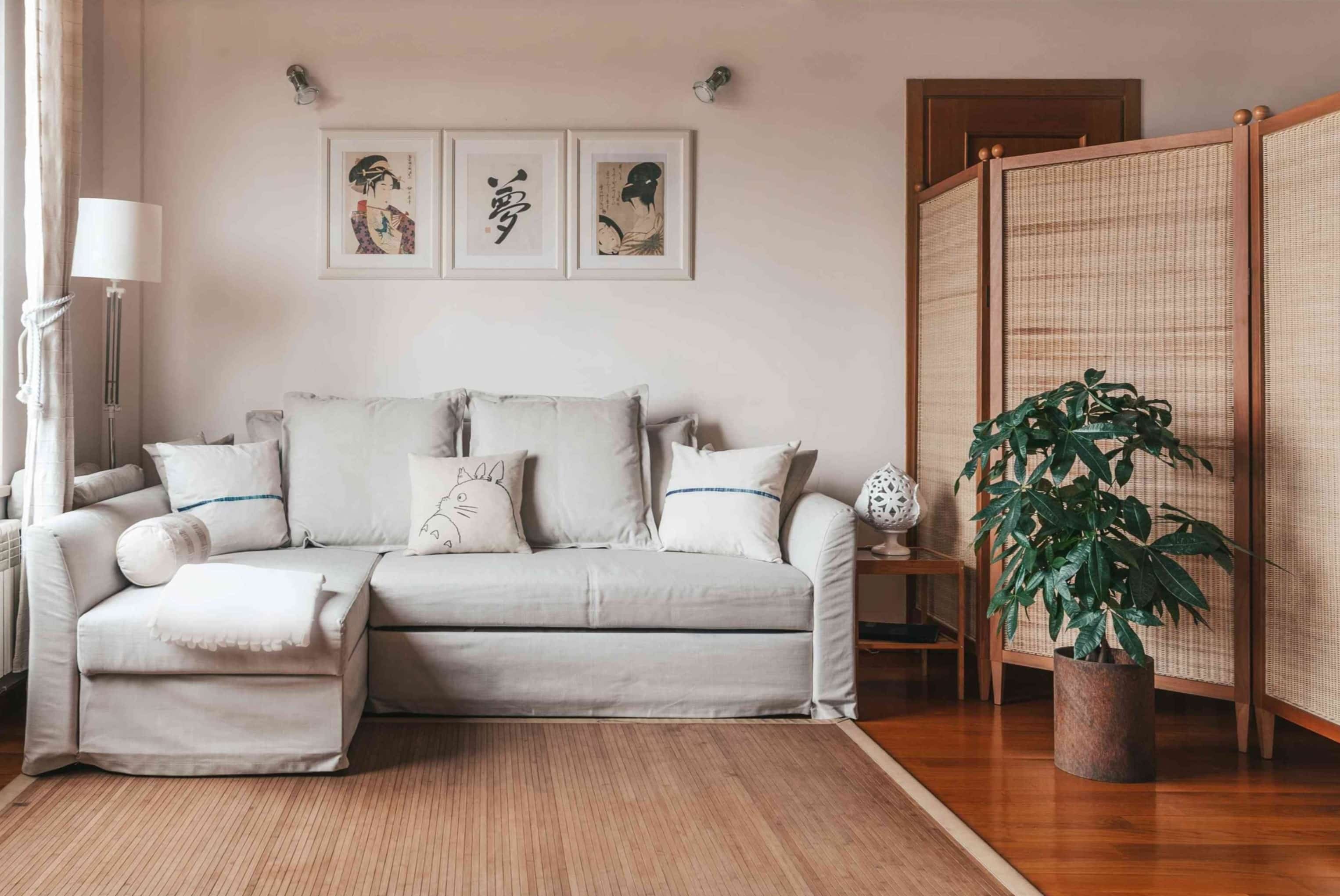

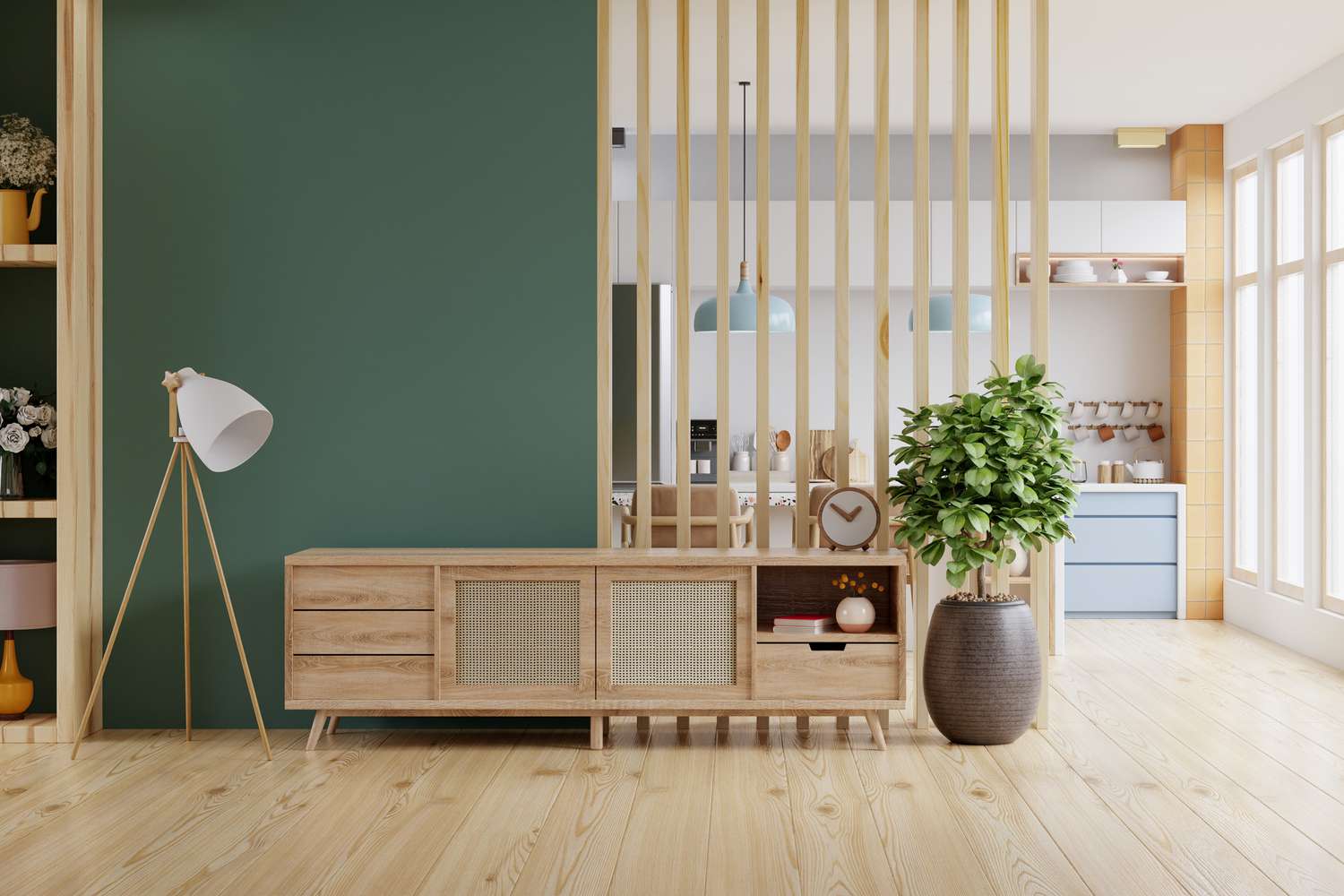
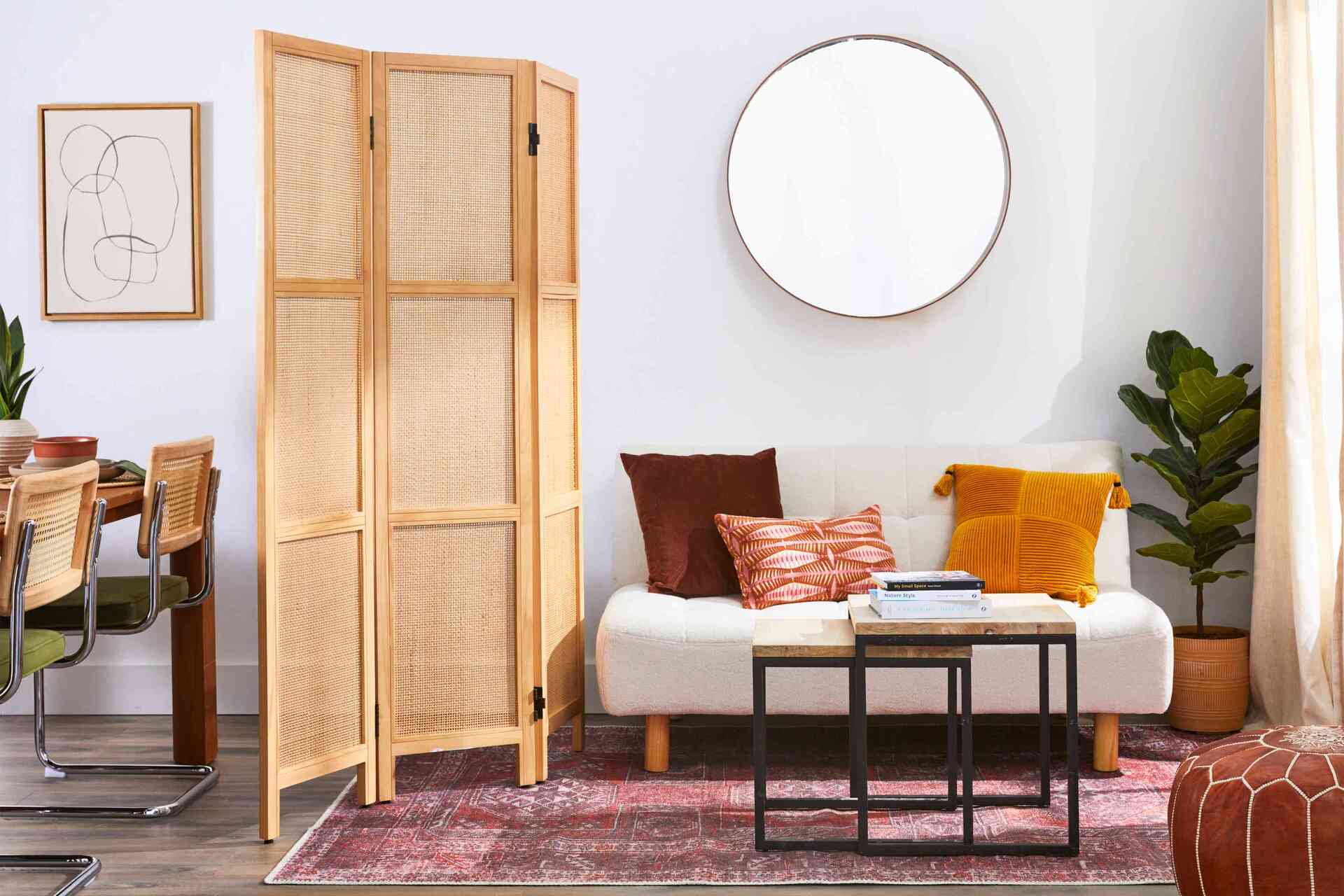
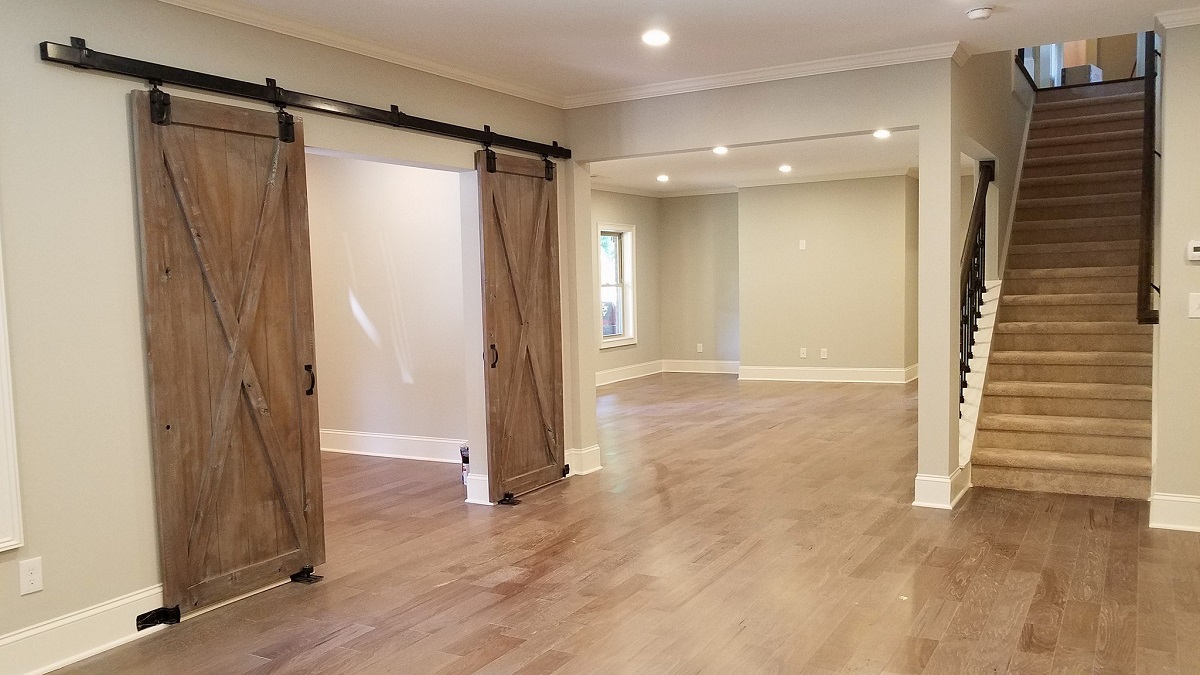
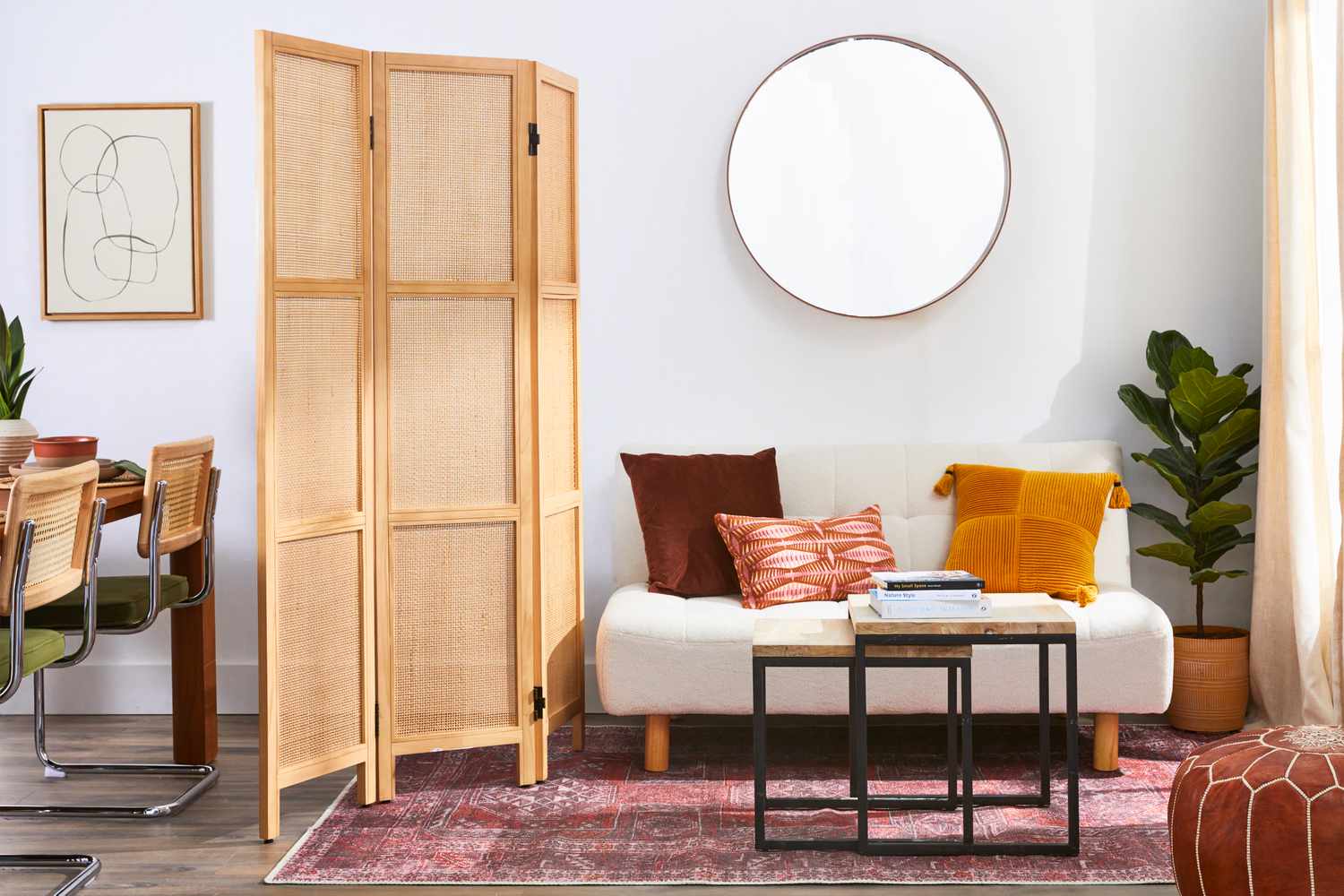
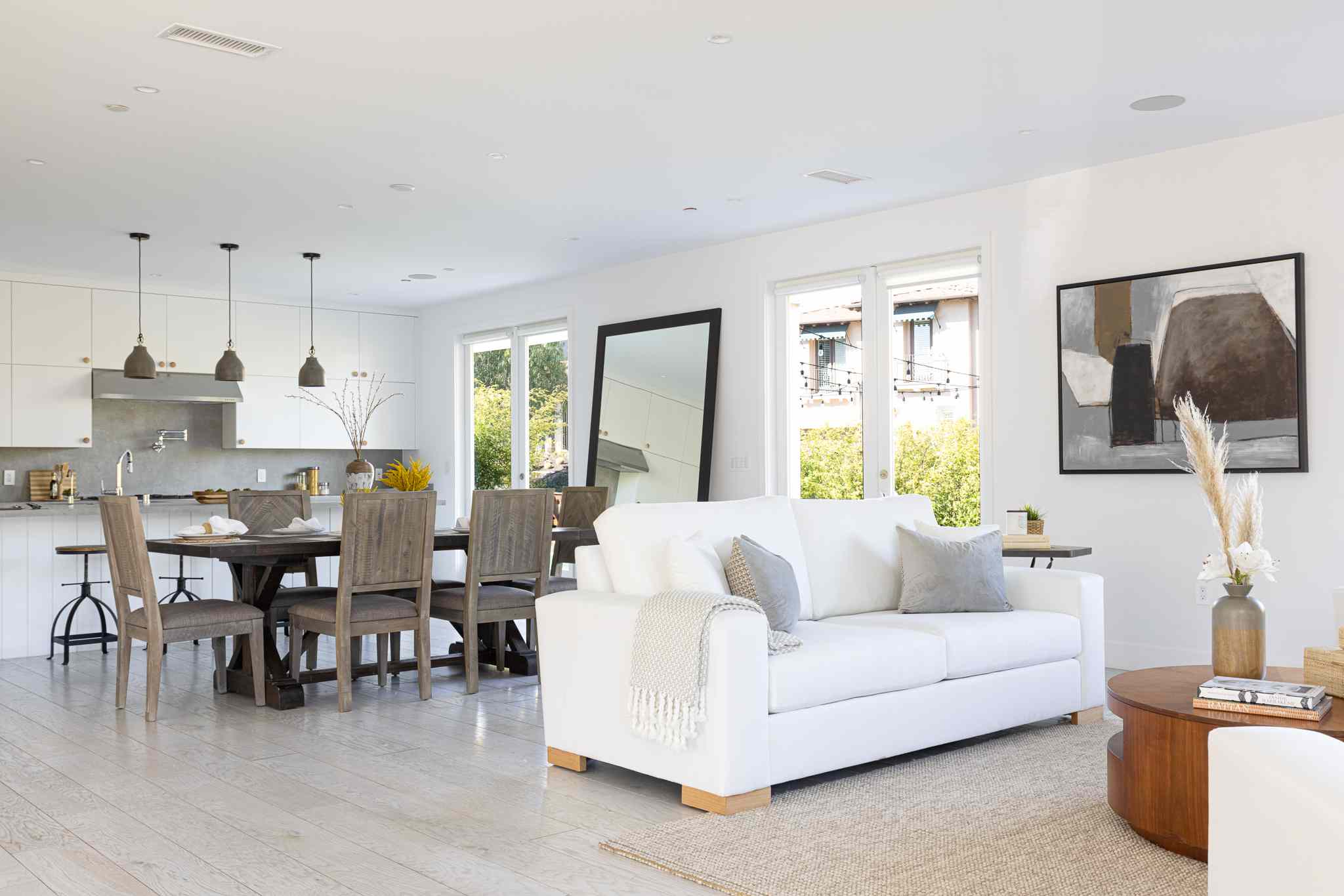
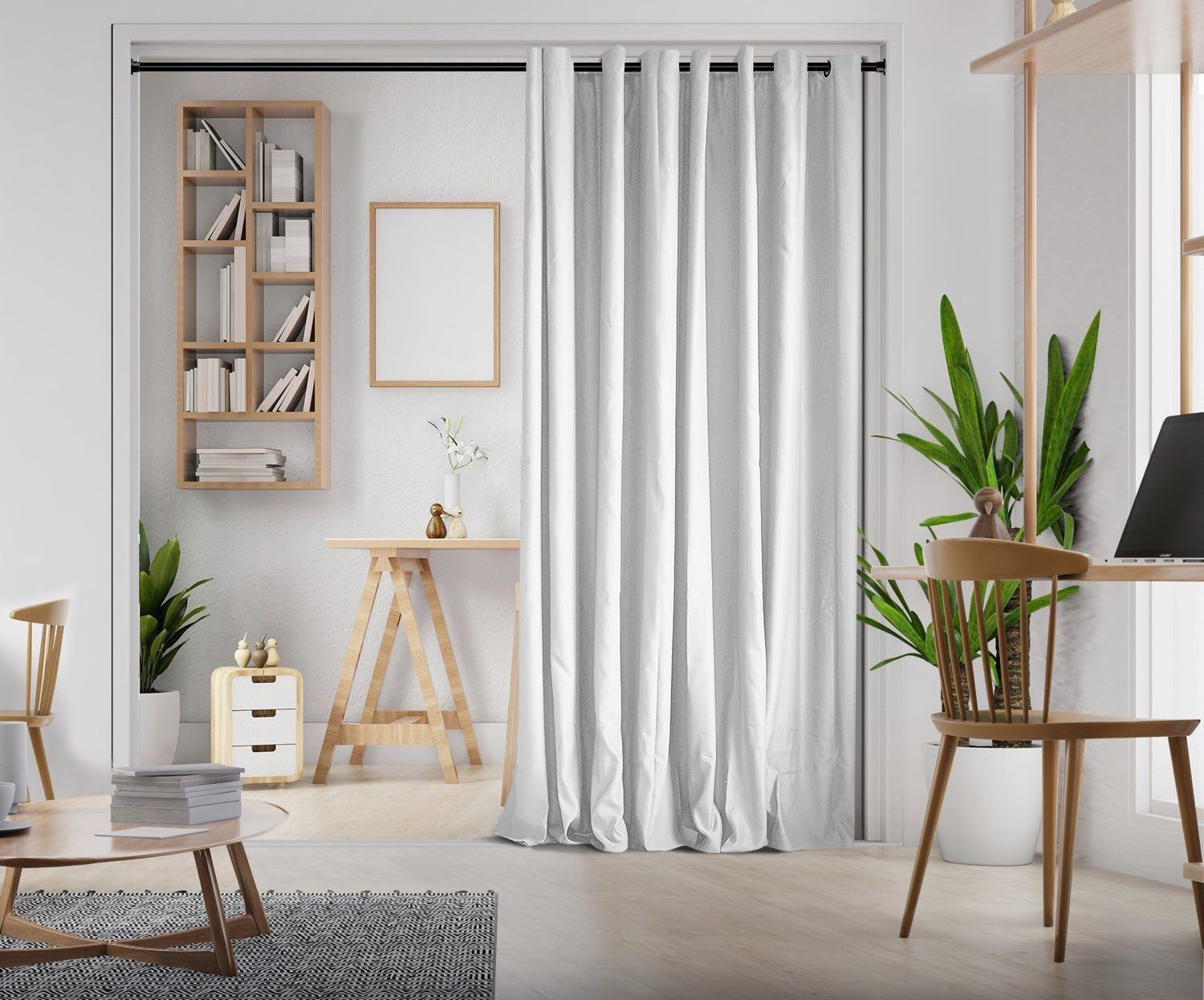
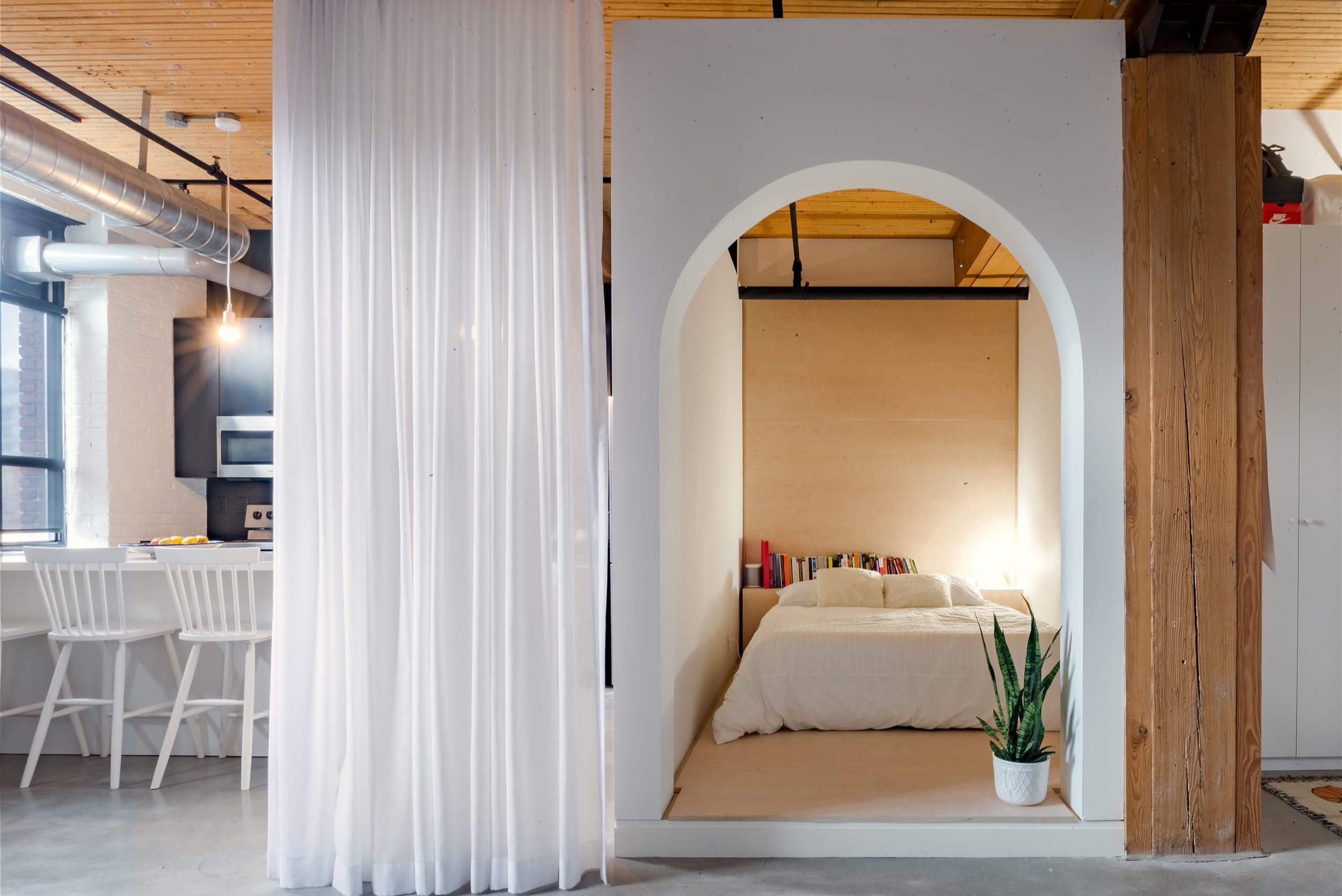
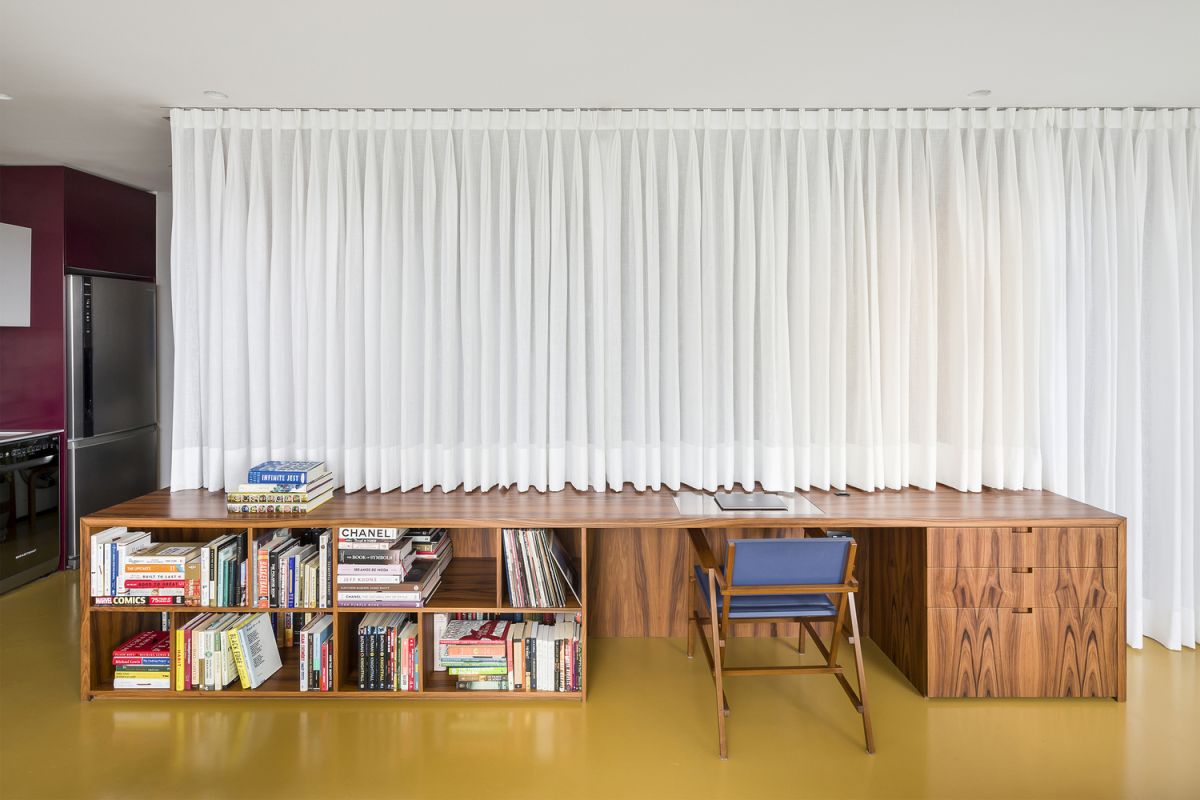
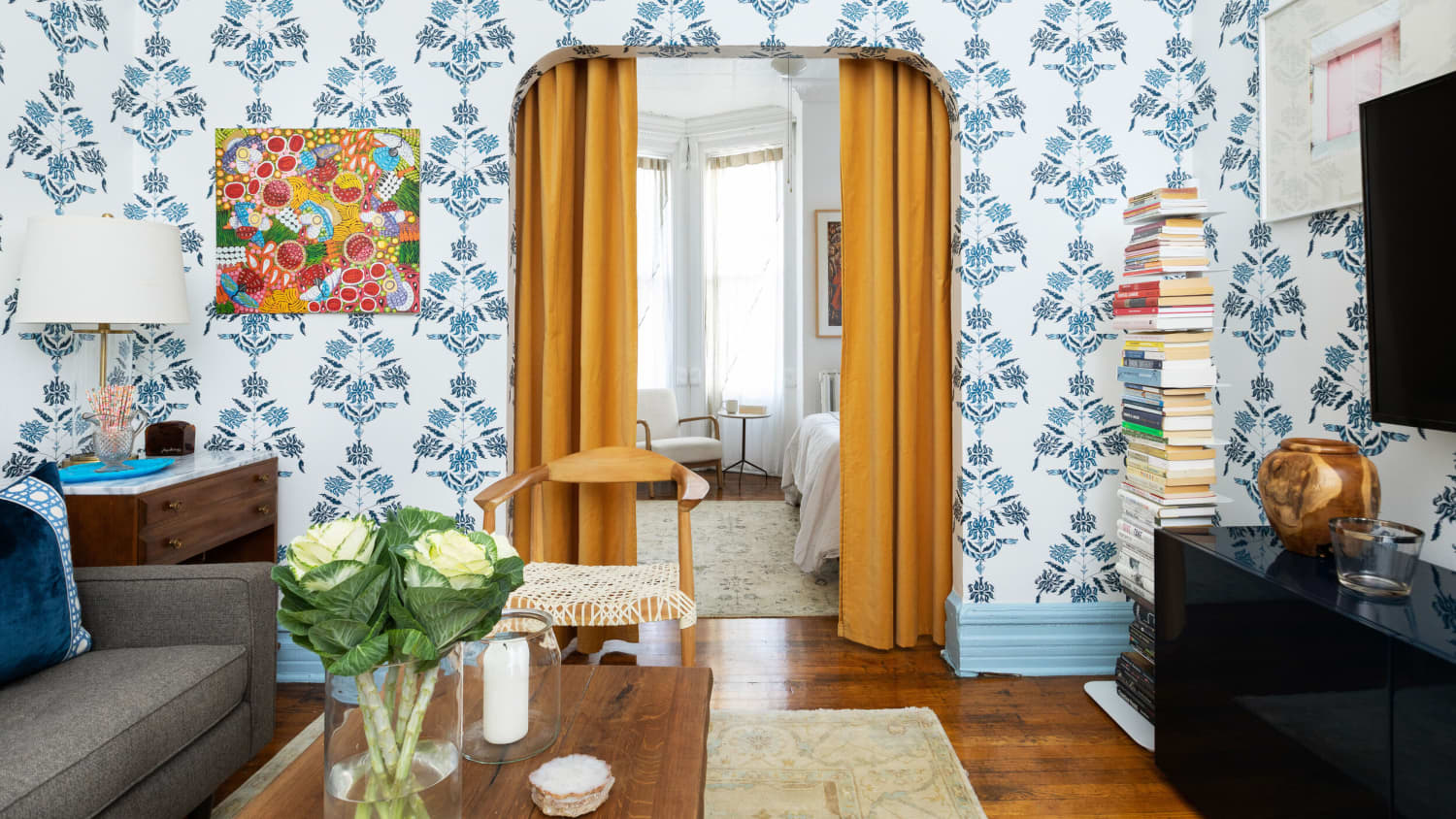
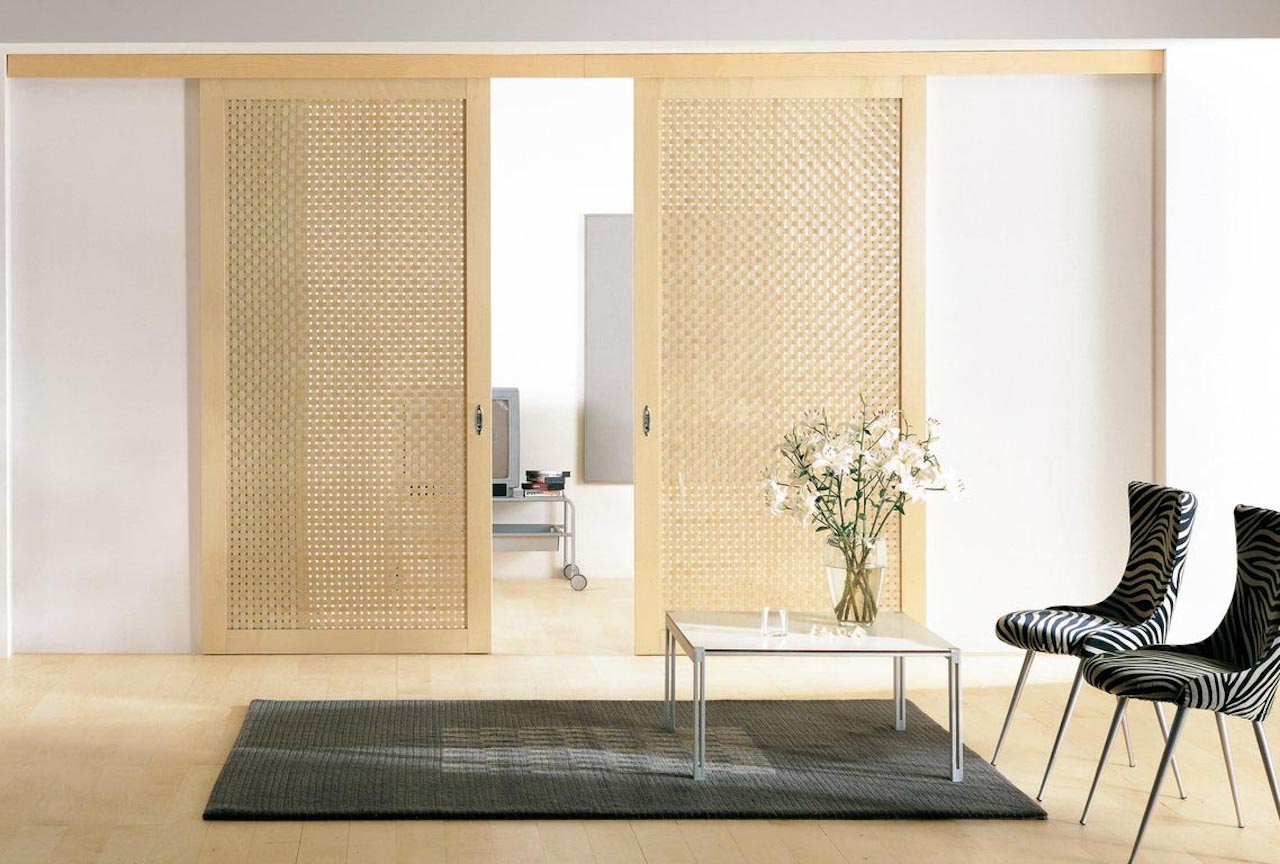
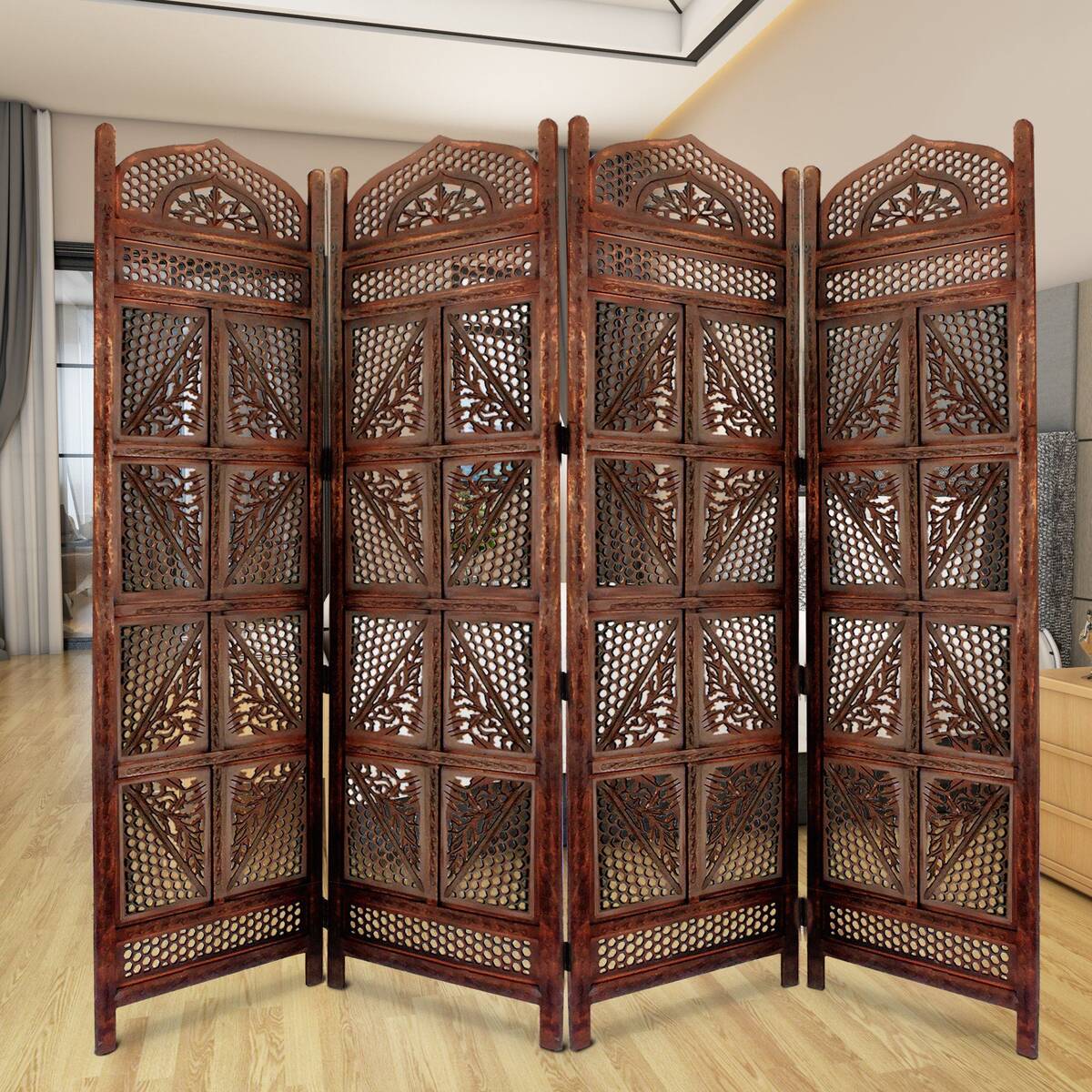

0 thoughts on “What To Use As A Room Divider”